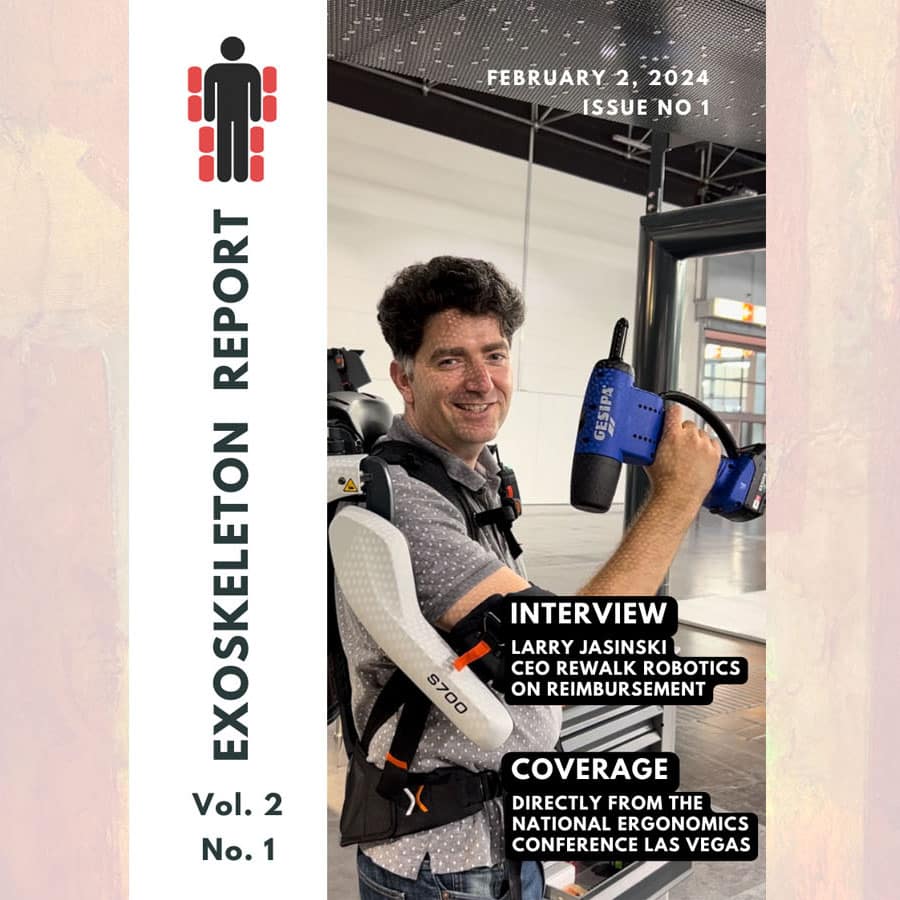The Department of Health and Human Services, Food and Drug Administration (FDA) announced on February 24th, 2015 that all powered exoskeletons will be classified as Class II devices.
Taken directly from the FDA website:
FDA classifies medical devices based on the risks associated with the device. Devices are classified into one of three categories—Class I, Class II, and Class III.
Class I devices are deemed to be low risk and are therefore subject to the least regulatory controls. For example, dental floss is classified as Class I device.
Class II devices are higher risk devices than Class I and require greater regulatory controls to provide reasonable assurance of the device’s safety and effectiveness. For example, condoms are classified as Class II devices.
Class III devices are generally the highest risk devices and are therefore subject to the highest level of regulatory control. Class III devices must typically be approved by FDA before they are marketed. For example, replacement heart valves are classified as Class III devices.
The FDA has classified powered exoskeletons as:
A powered exoskeleton is a prescription device that is composed of an external, powered, motorized orthosis used for medical purposes that is placed over a person’s paralyzed or weakened limbs for the purpose of providing ambulation.
The FDA has identified the following risks in using powered exoskeletons:
- Instability and falls.
- Bruising, skin abrasion, pressure sores, soft tissue injury (primarily from the attachment points between the user’s body and the exoskeleton device)
- Undesired or a sudden change in blood pressure.
- Adverse tissue reaction (allergic reaction to device materials)
- Battery Failure
- Electrical Interference
- Sudden Device Failure
- User Error (using the device in adverse conditions or beyond design intent)
The anouncement has listed special controls to address all of the risk factors outlined above. Most of the special controls are extremely straightforward: lab testing of the device’s material biocompatibility and strength, verification of the electrical system, running the product software under normal and hazardous conditions, testing of manual over-ride controls, etc. One common special control item that appears repeatedly in the FDA announcement is the need for clinical testing. Conducting clinical tests will most likely be the greatest challenge for all exoskeleton companies in 2015.
Reference:
http://www.gpo.gov/fdsys/pkg/FR-2015-02-24/html/2015-03692.htm
[Federal Register Volume 80, Number 36 (Tuesday, February 24, 2015)] [Rules and Regulations] [Pages 9600-9603] From the Federal Register Online via the Government Printing Office [www.gpo.gov] [FR Doc No: 2015-03692]



Please contact me, I have not been able to walk since April 21 2009 du to a back surgery that damaged my spine that went wrong and that kicked in the spathic paraplegia I was born with, Please help me find the correct location and contact I can call or write, Thank you.
Thomas Pozinski
Hello i need this for my son who was born with arthrogryposis multiple congenital, he is now 11 years old
Hello Beatrice, your best bet is to contact individual exoskeleton manufacturers for prices and availability. Also note that at this time, that there are few pediatric exoskeletons and an exoskeleton will not replace current medical practices and therapies, but only potentially supplement them.